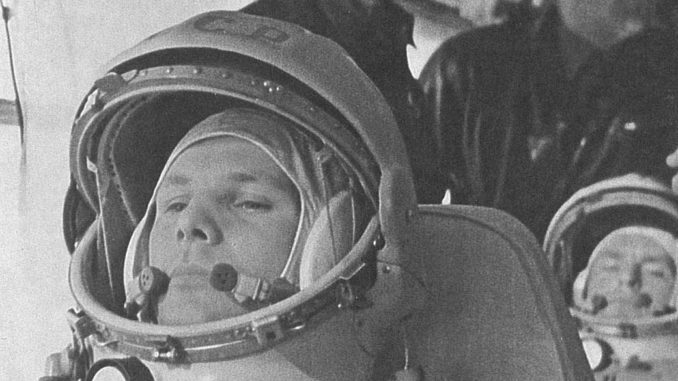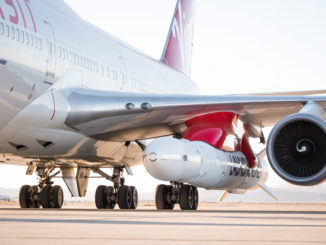
Today marks the anniversary of a significant leap in development in the “Space Race”.
Sixty years ago today a human left the surface of earth and climbed beyond our atmosphere in an event that would change history and, in doing so, generate a global excitement that set our species on a new path.
On 9th March 1934 in Gzhatsk, Russia, Yuri Alekseyevich Gagarin was born to Alexey Ivanovich Gagarin and Anna Timofeyevna Gagarina; a carpenter and dairy farmer, who work on Collective Farmland. He was third of four children, having two brothers and one sister.
Due to events of WWII he only completed one year of education and his family homestead was occupied during Nazi invasion, forcing his family to reside in a cobbled home occupying less than 10 square meters. He was aged seven at the time, finally resuming his schooling in 1946 after occupation had ended.
Despite all of his hardships in his early life there was a rapid development in his education. Mainly due to his fascination in toy aircraft and mathematics. He worked in a foundry during his study period and was also dedicated to his sports regime.
He progressed so well that he was able to enrol in flight training in 1955, graduating within a year.
By the end of 1957 he had accumulated over 166 hours of flight time, and by November 1959 he was promoted to Senior Lieutenant in the Soviet Airforce.
He was a dedicated pilot, flying MIG flightier Jets, and had developed a fascination with the possibilities of space flight – a burgeoning science at the time. This spurred him on through parachute training – during which he completed over 40 jumps before advancing.
Fast forward to selection for the first manned mission to space by the then USSR – Yuri was one of hundreds of applicant, and made it to the final 20 on his first attempt.
One of the factors that would bring selection down further was the restricted space inside the new Vostok craft.
A maximum hight of 5’7″ was set – Yuri was only 5’2″ tall.
On 12th April 1961, at 09:07, Yuri was able to not only fulfil his dream of touching the stars, but became a footnote in the history of space flight.
He launch on board Vostok 1 (a Vostok-3KA craft, the last flight of which was that of Velentina Tereshkova) from Baikonur Cosmodrome.
During this mission, he wasn’t even given test pilot status. He was meerly a passenger aboard an experimental craft.
Locked out of all systems he had no control of the vehicle propelling him beyond the veil of our atmosphere, aside from one thing.
He travelled carrying a sealed envelope. A “Break in Case of Emergency” style fall back plan, containing the codes to initiate control of the craft in the event of an emergency.
Thankfully this wasn’t needed. Gagarin climbed to an altitude of 187miles (301km) and completed one full orbit of the Earth in 1 hour 29 minutes (approximately that of ISS), and changed history.
As he had no landing capability within the craft itself, following re-entry he ejected the vehicle at 20,000ft and made the final journey home under a silk canopy.
This was his first and last venture beyond the atmosphere. He later received the title of “Hero of the Soviet Union”, and “Pilot Cosmonaut of the Soviet Union”.
He was also awarded the “Order of Lenin”, due to his advances in the positioning of the new goal of the USSR.
He became a global legend and national hero. However, less than 7 years later he was killed, along side his co-pilot, during a MiG Jet training flight. He was aged just 34.
Following his death he was given a Heroes funeral with his ashes later being interred within the wall of The Kremlin.
The city in which he was born was re-named Gagarin in his honour. Many monuments have been raised in his name. To this day pride this day, there are landmarks painted in his honour.





